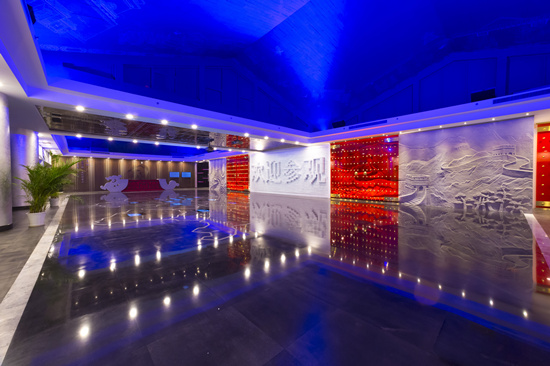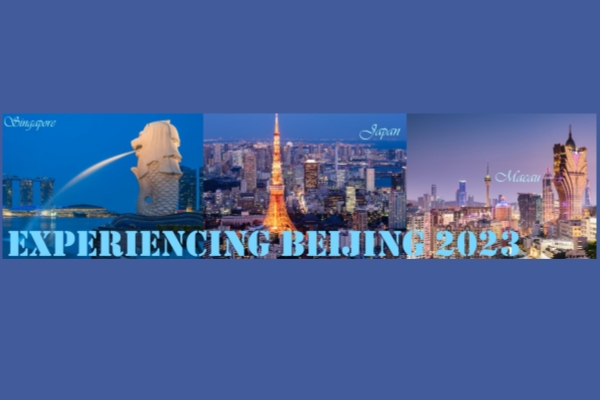Beijing to integrate museums into city development
Wearing a yellow vest and a micro-loudspeaker around her ear, Liu Yufei serves as a voluntary docent at the National Natural History Museum of China in Beijing.
Though Liu is only 17 years old, her work experience as a docent has lasted more than ten years. As a high school student, Liu has to focus on her school work, but she persists in this voluntary work.
Liu said the increasing number of visitors from across the country makes her feel that the museums in the Chinese capital have become increasingly popular in recent years.
The National Natural History Museum of China has actively cooperated with schools, communities, and online platforms, and it has opened a new museum in the south area of Beijing's Central Axis to meet the growing visitor demand.
Since its opening in 2014, the mobile vehicles of the museum have gone to primary and secondary schools in 12 provinces, regions, and cities across the country, providing research and education activities for more than 200,000 students.
The National Natural History Museum of China epitomizes Beijing's efforts to accelerate the construction of a "city of museums," promote the integration of museums and cities, and create a microcosm of making the museum come alive.
Apart from those famous large museums, there are also many small and medium-sized museums in Beijing. Shijia Hutong Museum, located in a hutong in the downtown Dongcheng District, is one of them.
As the city's first public hutong museum, Shijia Hutong Museum is dedicated to promoting Beijing hutong culture, enriching the intellectual life of residents, and sustaining a site that evolves with time and presents the living history of hutongs.
Since its completion in 2013, the museum has collected old furniture, photos, and other old objects from hutong residents, invited artists to record the sounds of insects and voices in the hutong, and created a permanent exhibition, leaving a collective memory for hutong residents.
The rooms on the right side of the entrance have transformed into a community meeting hall, a meeting room, and an event hall, which play the function of displaying community culture and carrying out various activities.
More and more museum functions have been integrated into urban development in Beijing. Many historic and cultural districts, vacated cultural heritage buildings, industrial heritage, idle factories, and other idle spaces in Beijing have carried out some innovative projects to retain the historical and cultural roots of the city.
In Shougang Park in western Beijing, industrial heritages such as silos have transformed into museums and art galleries.
"Museums are an important force to inspire wisdom for a better life, promote social well-being, and build a sustainable future," said Bai Chong, director of the museum division of Beijing Municipal Cultural Heritage Bureau.
According to the data from the Beijing Municipal Cultural Heritage Bureau, by the end of 2022, Beijing had 215 museums on record, receiving more than 50 million visitors annually. It forms the largest museum cluster in the country. "Building a city of museums" has also been written into the 14th Five-Year Plan of Beijing.

 Responsibilities of the SOCAAC
Responsibilities of the SOCAAC Experiencing Beijing 2023
Experiencing Beijing 2023